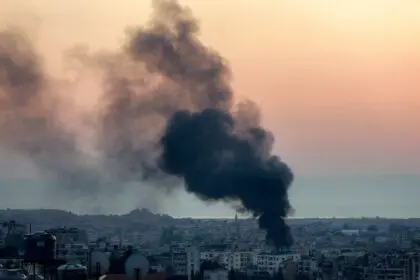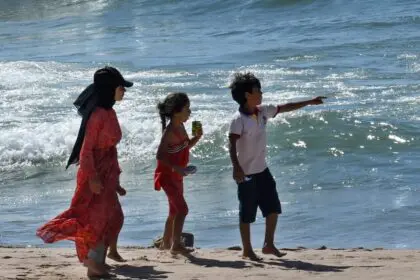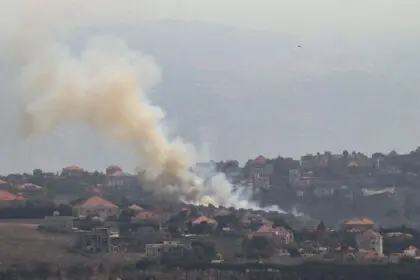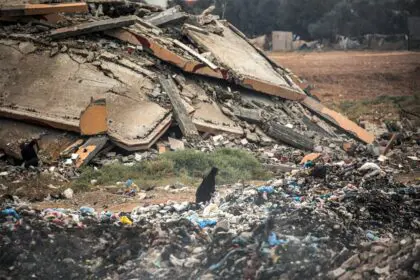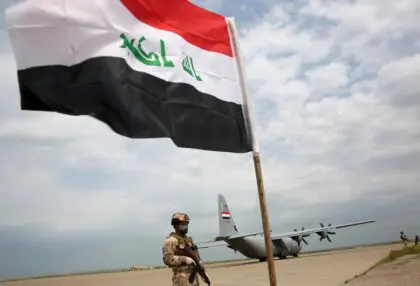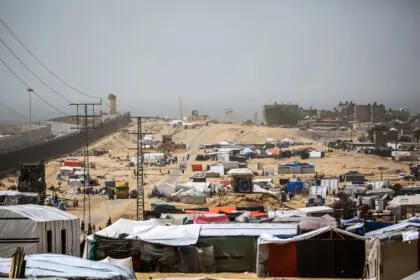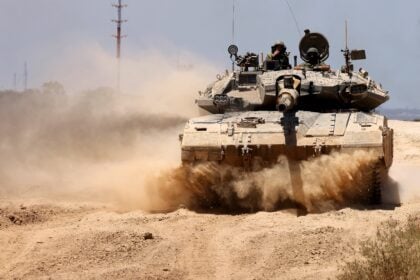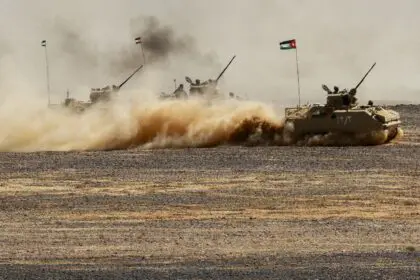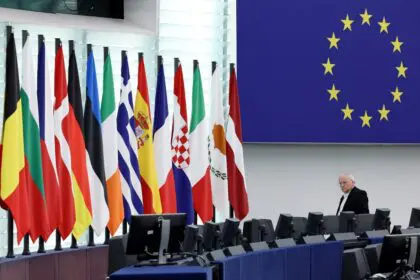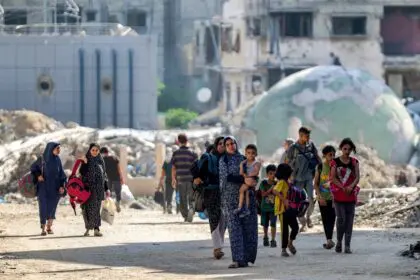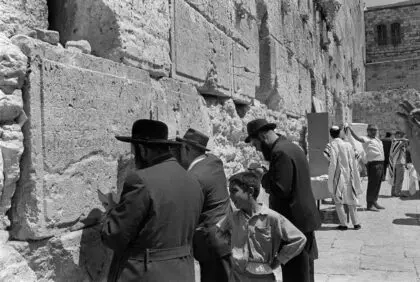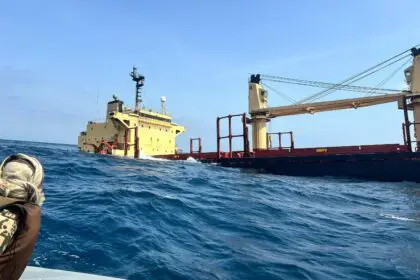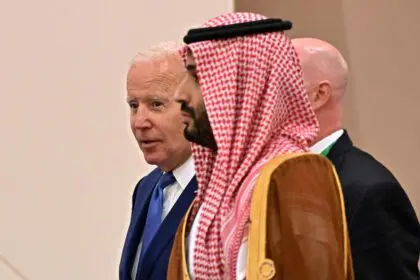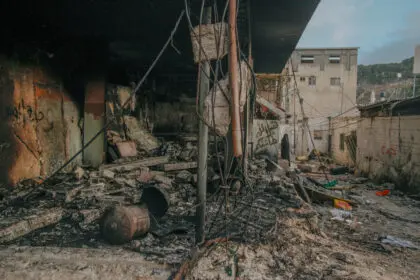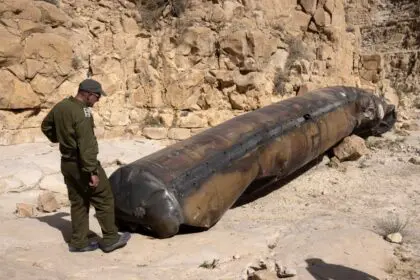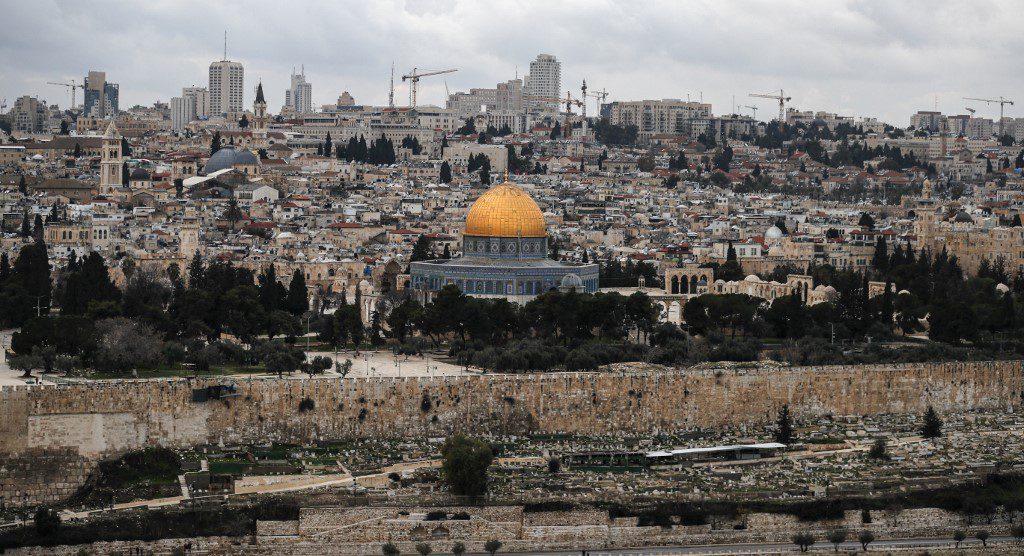
Introduction
Palestine (the official name is the State of Palestine) is located in the Eastern Mediterranean. The name of “Palestine” has long been used as a general reference to the historical Palestine, which includes what is currently known as “Israel and Palestine.” According to the Palestinian Authority’s vision of the final status solution with Israel, the Palestinian State includes East Jerusalem, the West Bank and the Gaza Strip.The West Bank covers an area of 5,655 km2, while the area of the Gaza Strip is 365 km2. This means that the West Bank is 15 times larger than the Gaza Strip. Together, the two make up 22 percent of the historical land of Palestine controlled by the former British Mandate authorities.
According to estimates by the Palestinian Central Bureau of Statistics for 2022, 5.355 million people live in Palestine; 3.188 million in the West Bank and 2.167 million in the Gaza Strip.
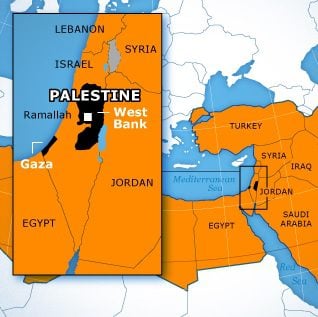
The Gaza Strip is located off the Mediterranean Sea along the entire length (42 km), and it is a narrow strip of land — hence the name of “the Gaza Strip.” The maximum width of northern and central parts of the Gaza Strip is 5 km, while the maximum width of the south is 12 km. The Gaza Strip is bordered by Israel (border length is 51 km) on the north and east, and by Egypt (border length is 11 km) on the south.
The West Bank is bounded by Israel (307 km) to the north, west and south. The eastern borders with Jordan (97 km) consist of the Jordan River and the Dead Sea. Thus, the West Bank is landlocked.
Both the geographical area defined by the name of Palestine and its political status have changed over about 3,000 years. The area (or at least part of it) is known as the Holy Land and it is sacred for the Jews, Christians and Muslims.
Palestine was generally under Muslim control from the Rashidun Caliphate era to the late Ottoman era. Since the late 19th Century and the rising Zionism in Europe, Palestine has been the movement’s target to control it and establish a national homeland for Jews, which has been completely rejected by the Arabs and Palestinians.
The Arab-Israeli conflict has erupted since the 20th Century, leading to several wars between Israel and Arab states in 1948, 1967, 1973 and 1982.
The word “Palestine” was first used by the Greeks to refer to the land of “Philistines” who settled in the 12th Century BC in a small pocket of land on the southern coast between Jaffa and Gaza. The Romans revived the name in the 2nd Century AD in Syria and Palestine. The name of Palestine then made its way into Arabic and was used to describe the area, at least since the early Islamic era.
After the Roman era, the name of Palestine had no official status until after World War I and the end of the Ottoman Empire’s rule. After the end of the war, Palestine was placed under the British Mandate in an area comprising approximately the current Israel and the West Bank. The areas under the British Mandate included territories located east of the Jordan River, now the Hashemite Kingdom of Jordan. Britain placed this territory under an administration separate from the Palestine Administration immediately after Britain had been assigned the mandate over the region.
The official language of Palestine is Arabic, while Hebrew and English are widely understood.
In the West Bank, Muslims make up 80-85 percent of the total population (mostly Sunni), while the Israeli settlers make up 12 -14 percent of the total population there. Christians in the West Bank make up only 1-2.5 percent (mostly Greek Orthodox), while the unaffiliated, unspecified others account for greater than 1 percent (according to 2012 estimates).
In the Gaza Strip, Muslims make up 98.0 -99.0 percent (mostly Sunni). Christians make up less than 1.0 percent while the unaffiliated, unspecified others account for more than 1.0 percent.
The current currency is the Israeli shekel; and natural resources include arable land and natural gas.
The list of prominent Palestinian faces includes Marwan al-Barghouti, who is a political leader detained by Israel; Mohammed Dahlan, the most controversial Palestinian politician; and Khalida Jarrar, a Palestinian human rights activist who is wanted by Israel.
Games inherited from the Ottoman era were the starting point of Palestinian sports during the British Mandate. These games included horse racing, running, wrestling and swimming. However, football gained popularity over time.
The Palestinian national football team represents the country worldwide. The team scored its biggest victory of 11-0 against Guam at the Asian Challenge Cup in Bangladesh in 2006. The team ranked 94 internationally after winning the 2014 AFC Challenge Cup. The historic scorer of the national team, Fahd Atal, has scored 16 goals. For his part, Abdullatif al-Badhari represented the national team with the highest number of international matches (71 matches).
Since 2013, the Palestine Marathon has been organized on the streets of Bethlehem. The goal of the marathon is to inform the world about what the Palestinians are going through and their restricted freedom of movement due to the Israeli pressure exerted on Palestinian territories.
The climate of Palestine is mild. Temperatures and precipitation in the West Bank vary depending on altitude. In Gaza, the climate is mild to warm in winter and hot and dry in the summer.
The list of the most attractive tourist places includes the Al-Aqsa Mosque, the Church of the Holy Sepulcher in Jerusalem and the Old City of Nablus.
Driving in Palestine is right sided, similar to the rest of Middle East and North Africa countries. The time zone of Palestine is (GMT+2) in winter, and (GMT+3) in summer. The international calling code from all over the world is +972, while the code used for calling from Arab countries is +970.



